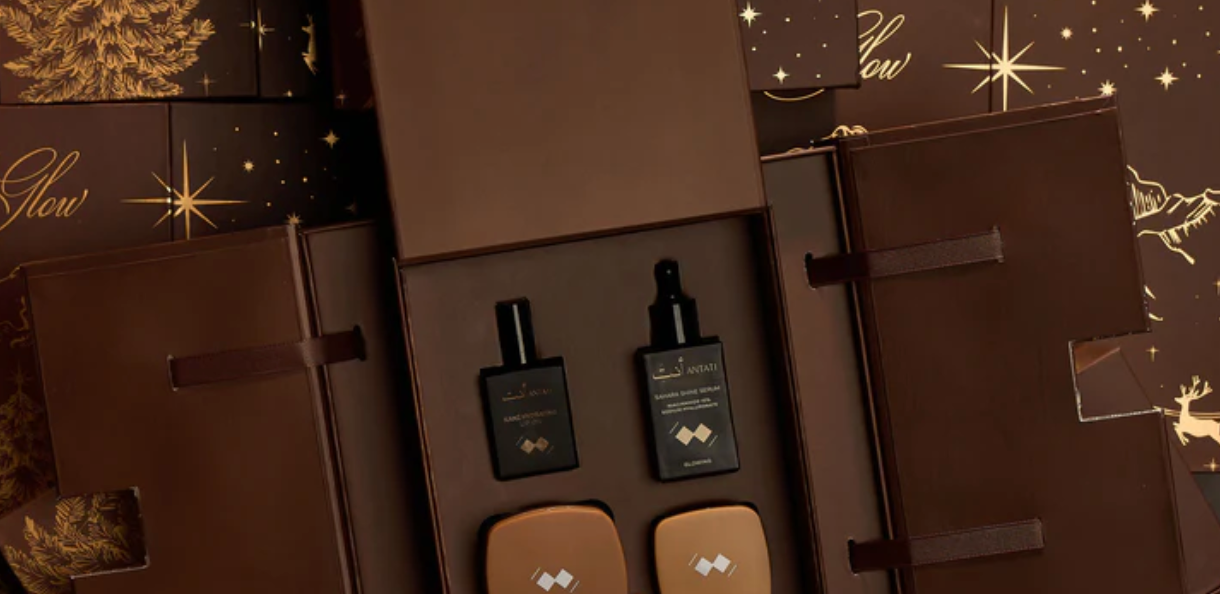
What consumers actually expect from brands when it comes to sustainability?
The Beauty Consumer & Sustainability Trends
This introduction is an extract to our full report on sustainability and consumer trends. Sign-up and select the free option to access this article, and learn more about the Beauty Consumer & Sustainability Trends.
Introduction to a three part report by Theresa Yee, a beauty and wellness journalist and trend forecaster with 15 years’ experience in the cosmetics industry. Previously, Theresa was the senior beauty strategist at global trend forecasters WGSN. Theresa is also a well-respected beauty expert and has judged various industry beauty awards and is currently part of The Attracta Beauty Awards judging panel. She’s also a visiting lecturer at Conde Nast College of Fashion & Design. Health and wellbeing is also one of her focus areas.
The report aims to answer:
- What does sustainability mean to consumers in the post-pandemic world?
- What are their new desires and priorities when considering beauty’s sustainability
- What are shopper’s motivations to sustainable consumption and the roadblocks?
- 10 sustainable beauty trends
4 PARTS REPORT
- Macro trends - part 1, here
- Consumer attitudes to beauty sustainability - part 2, here
- Barriers to buying sustainable beauty products - part
- Sustainable beauty trends - part 3
PART 1 - MACRO TRENDS

360 Transparency
Consumers expect even more from beauty brands when it comes to sustainability. Going beyond eco-friendly packaging, conscious consumers are now paying more attention to brand ethics and product ingredients. According to a Holland & Barrett study, 97% of UK consumers want beauty brands to be more transparent about the ingredients in their products.
How products are sourced and produced are also under the microscope as people have become more sceptical and expect greater transparency and honesty from brands they buy from. They are not afraid to call out brands that are greenwashing. 77% of consumers say they would stop buying products from a company that had been found guilty of greenwashing, according to NielsenIQ. Furthermore, in a THG Ingenuity report, 84% of Millennials claim that sustainability influences their purchasing decisions, with 60% of Gen Z and Millennial consumers saying that they pay attention to how a product is made or sourced.
Skincare brand Isla Beauty takes transparency to the next level by providing its customers with a full picture of its ingredients, materials, and pricing strategy via its ‘Transparency Beauty’ model. The company gives complete visibility into all its active ingredients and provides exact concentrations of formulas as well as the country of origin. And for product and packaging, Isla Beauty provides information on every packaging material used, where it is sourced, and how to recycle the product. Meanwhile, Guerlain’s Bee Respect transparency and traceability platform educate and inform consumers about the entire lifecycle of the brand’s products from ingredients to suppliers.
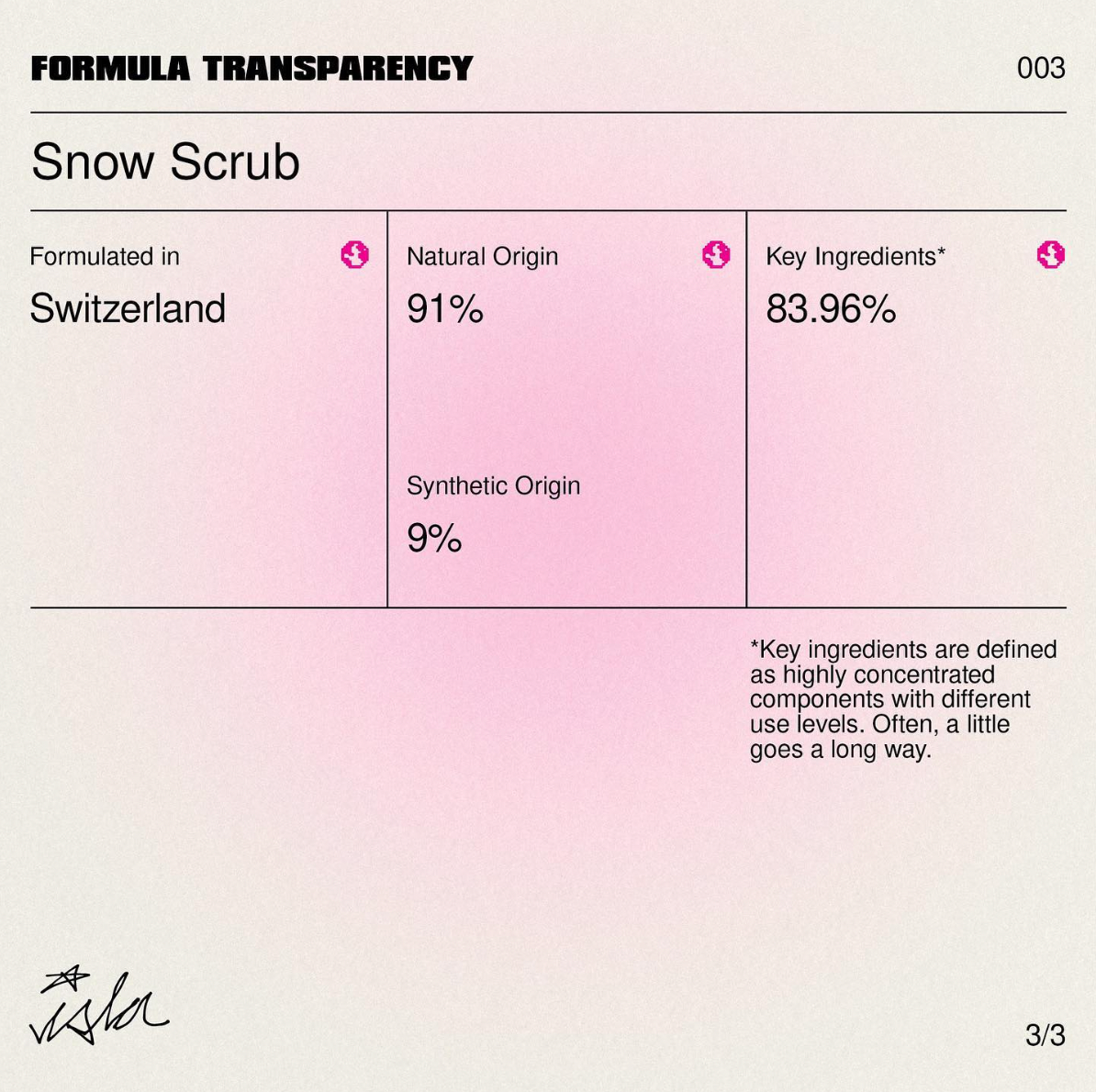
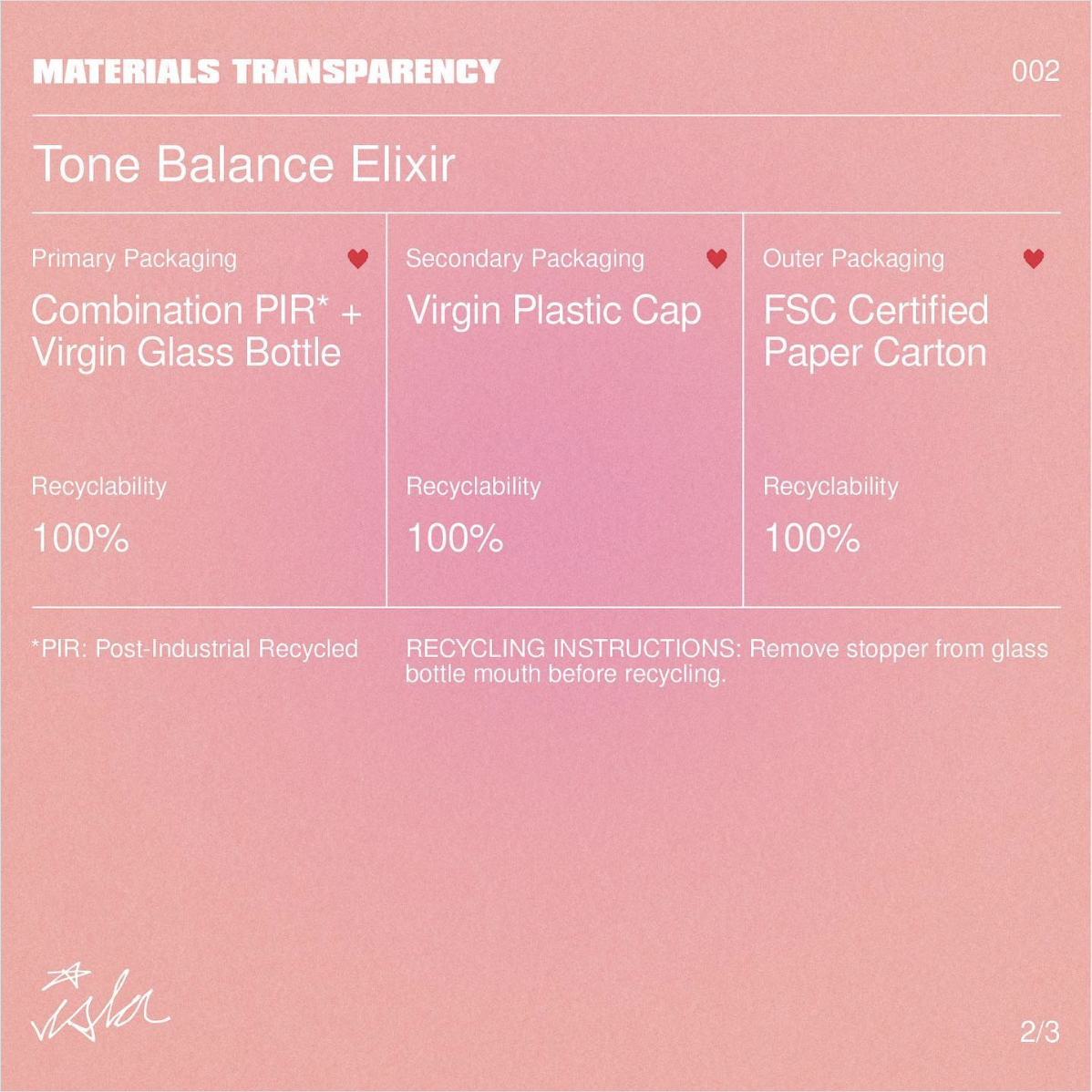
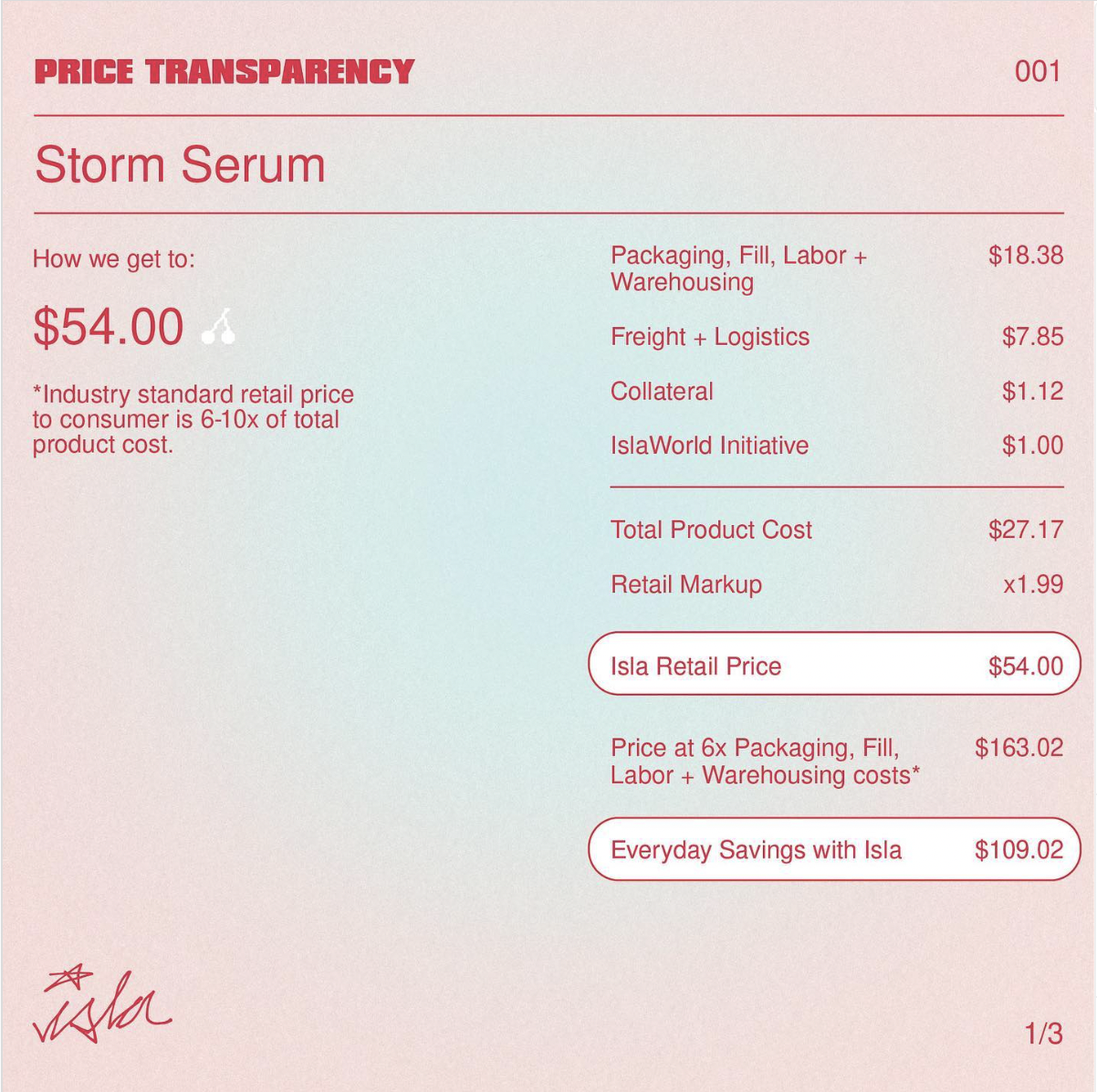
Isla Beauty - Transparent Beauty Breakdown
PART 2 - CONSUMERS ATTITUDES TO BEAUTY SUSTAINABILITY
What does sustainability mean to consumers in the post-pandemic world? In part 2 of our beauty consumer & sustainability series, we highlight the new desires, priorities, and motivations to buying sustainable products as well as the barriers.
What are the new perceptions & attitudes?
Post-pandemic, people have an increased appetite for change as COVID-19 has pushed them to rethink their beauty habits and routines.
Beauty consumers are making more conscious decisions when it comes to shopping for personal care and cosmetics. They are increasingly shopping with their values and actively seeking brands that align with their beliefs. This is particularly important for Gen Z.
According to the Business Marketing Research and Intelligence US micro-shifts study from Meta, consumers are willing to pay a premium for purposeful and sustainable products, with younger consumers, aged between 18-34, 1.5x more likely to pay a premium for sustainable products than older consumers.
PART 3 - BARRIERS TO SUSTAINABILITY
In part 3 of our beauty consumer & sustainability series, we highlight the hindrances, priorities, and motivations to buying sustainable products as well as the barriers.
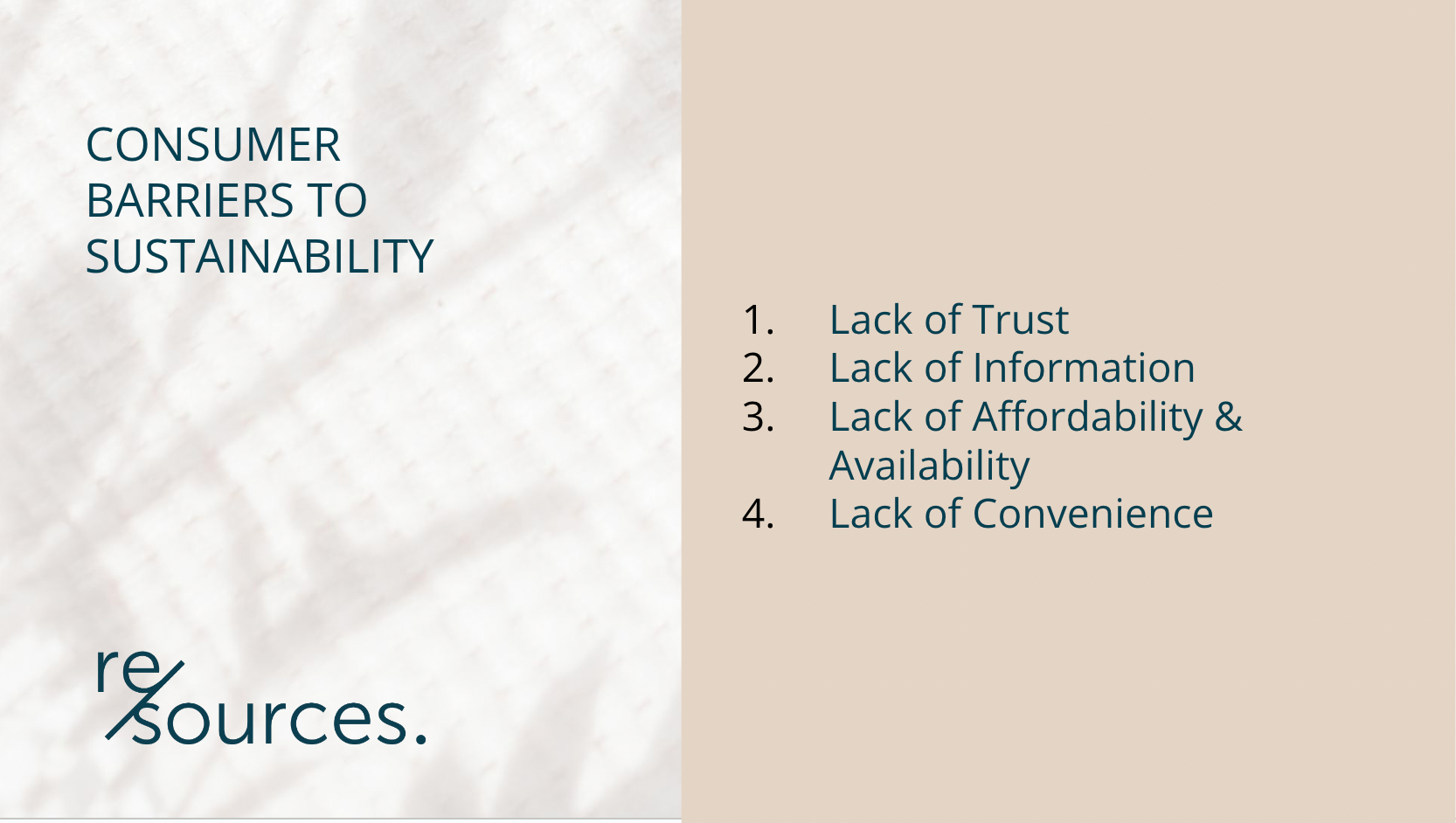
Lack of trust
The lack of clarity and misleading information over a product’s eco-credentials means that consumers are more wary of sustainable claims. Credit Suisse Research Institute reported that more than 50% of Chinese consumers were distrustful of corporate sustainability claims, while 94% of UK consumers think brands need to be more transparent about their sustainability credentials (The Pull Agency).
In a 2021 report conducted by Edelman Trust, it highlighted trust as the new brand equity, with 68% of global respondents saying that it is more important for them to be able to trust all the brands they buy from today than in the past. This was higher among younger consumers at 75% compared to those aged 55+ (59%).

PART 4 - SUSTAINABLE BEAUTY TRENDS
In part 4, we highlight 10 sustainable beauty trends to keep on your radar - from dissolvable packaging and refillable to lab-grown ingredients and waterless formulas.
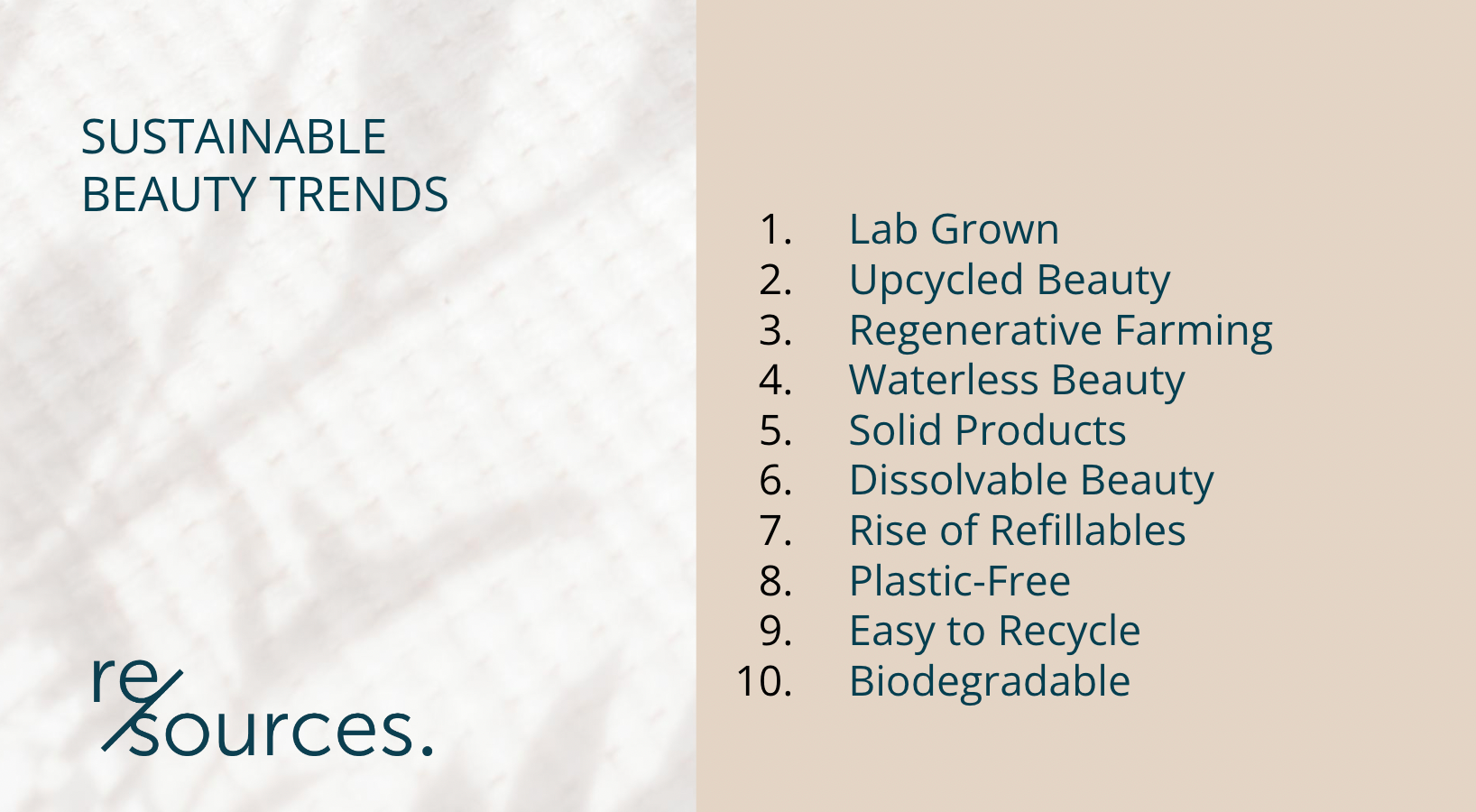
Lab Grown
Understanding of biotech beauty is growing among beauty consumers seeking more effective and safer formulas. In Germany, 25% of adults are interested in beauty and personal care ingredients made in a lab, while in Spain, 51% of adults would be willing to pay for beauty and personal care products made exclusively with lab-grown ingredients if they are better for the planet, according to Lightspeed/Mintel.
Exciting new brands are launching into the beauty biotech space. Seaspire, a US skincare brand, is set to launch this year with a cleanser, serum, and moisturiser, that features a lab-developed ingredient inspired by octopus. Meanwhile. fragrance manufacturer Givaudan will launch a line of products in early 2023 that uses biotechnology to recreate the natural UV-protective benefits of marine plants and animals.

KEY TAKEAWAYS
- Consumers want FULL transparency
- Diversity and inclusion in the beauty industry is more than just skin deep
- Lack of trust and confusion around brand claims are key barriers
- Lab-grown and upcycled ingredients are gaining interest among beauty consumers
